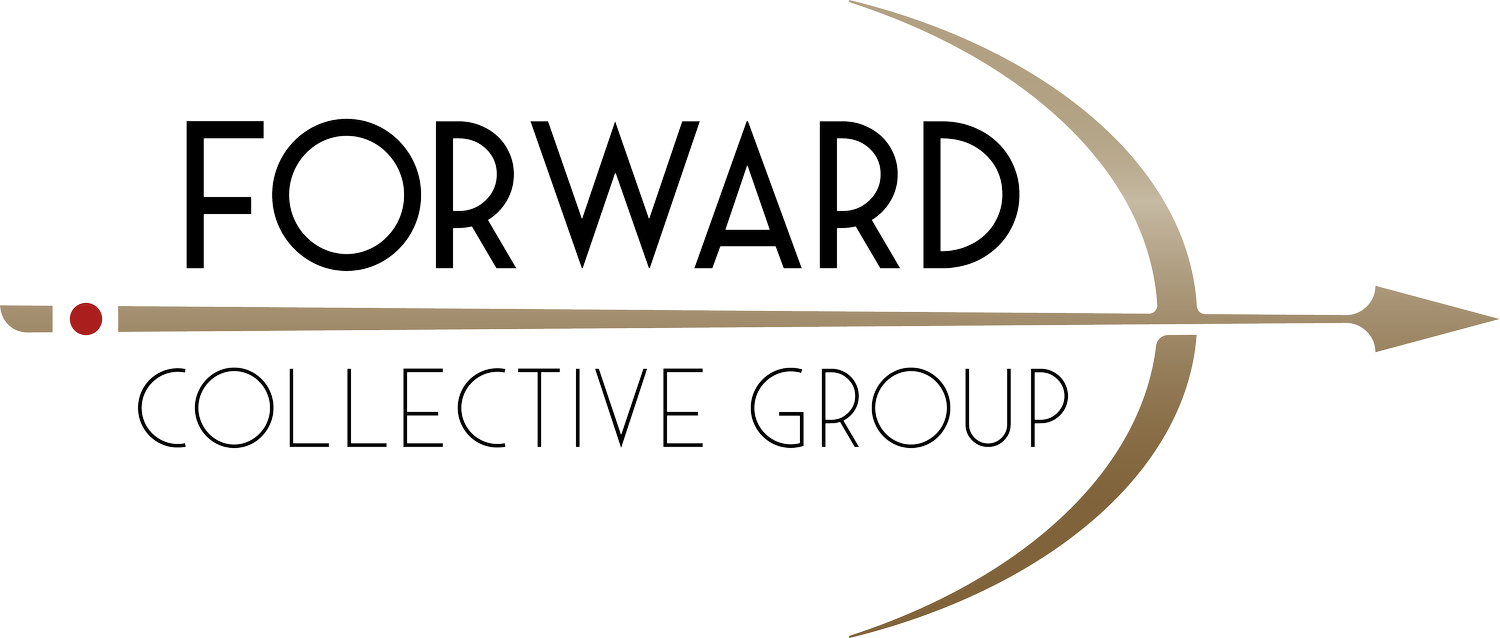The Link Between Culture & Performance
How do you build a culture that supports long-term success?
Change Is Constant
First, recognize that your culture is constantly evolving. Every new hire, every decision, and every new product launch affects your culture. Whether it is for the better or for the worse depends on your intentionality in the process.
Leader Impact on Culture
Second, acknowledge how leader prioritizes impact brand affinity. When you look at a company's website, you get an initial impression of their culture. What does their leadership team look like? What are their press releases focusing on? These things tell you a lot about their priorities. It also reveals what feels irrelevant to them. What leadership prioritizes and ignores create make-or-break points of connection in the employer and consumer brand. This can boost or tank organizational performance, regardless of individual employee performance.
Finally, pay attention and be intentional. The impact of a culture change might not be immediately felt, but it's always there. Every mistake you let slide becomes part of your culture, as does every employee who observes it. This is why it’s so important to be consistent and transparent in your decision-making and communications.
Good Culture Is Revenue & Loyalty
A positive organizational culture leads to realized performance. it enables people to bring their best selves to work, it prioritizes innovation and growth, it focuses on the potential and not just the bottom line, and it prioritizes the well being of its employees. This type of culture will lead to long-term success.
Understanding the connection between culture and performance is crucial for success. Be intentional, mindful, and honest about what you value and how that translates into your company’s daily operations and practices.
Watch the Fast Forward Podcast episode on the link between culture and organizational performance here: https://youtu.be/rQ2OjfHwMOY?si=-hIZuQPeb46biOsY.

